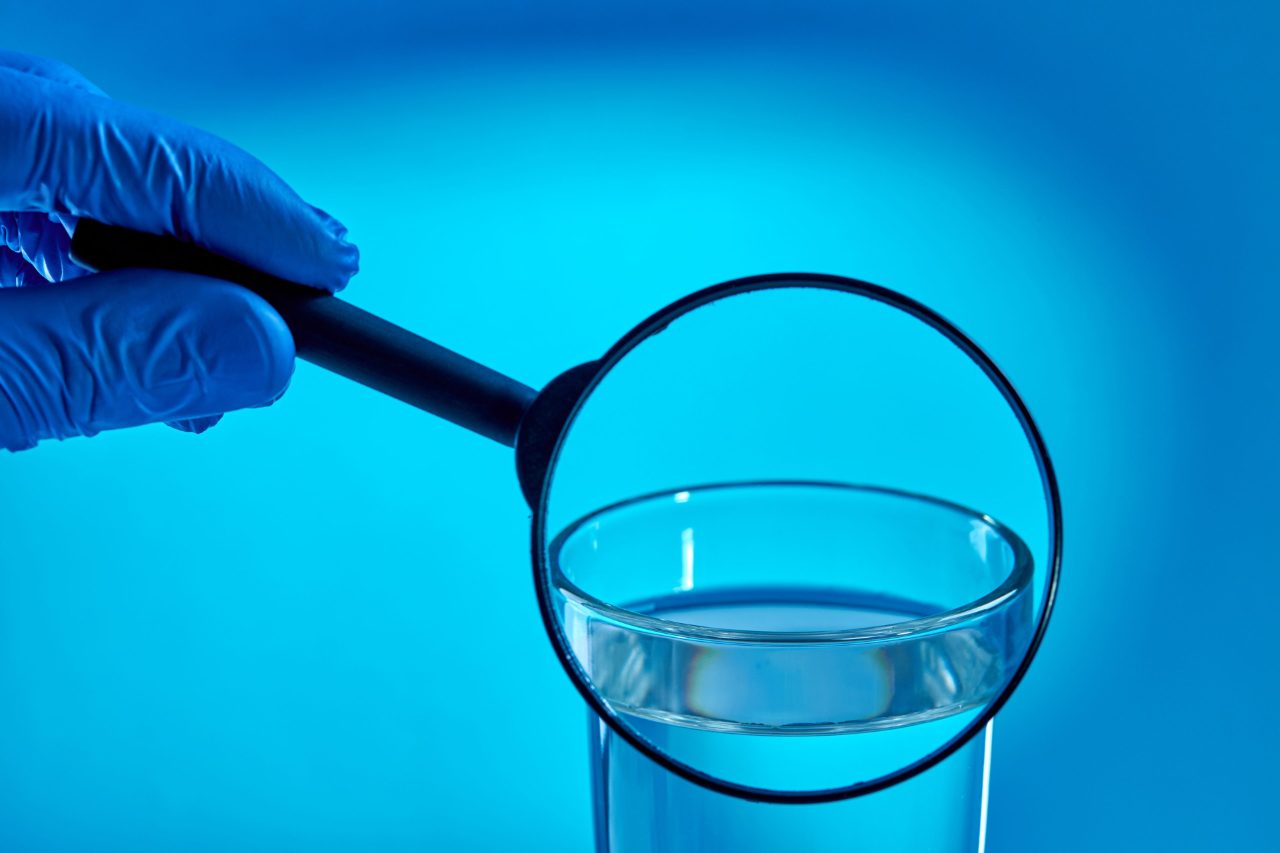The Main Principles Of Bacteria Testing
Some Of Bacteria Testing
Table of ContentsNot known Factual Statements About Bacteria Testing Little Known Facts About Bacteria Testing.Bacteria Testing - An OverviewThe Single Strategy To Use For Bacteria Testing
Coliforms are germs that are constantly existing in the digestive systems of pets, consisting of human beings, and are discovered in their wastes. They are additionally discovered in plant and dirt product. Water contamination triggered by fecal contamination is a severe issue due to the possibility for contracting diseases from virus (diseasecausing microorganisms).As a result, it is not practical to evaluate for virus in every water example gathered. Coliforms are fairly very easy to determine, are typically present in bigger numbers than even more unsafe pathogens, and respond to the environment, wastewater treatment, and water therapy similarly to lots of pathogens.
Overall coliform counts offer a basic indicator of the sanitary condition of a water supply. consist of germs that are found in the soil, in water that has been affected by surface area water, and in human or animal waste (Bacteria Testing). are the team of the total coliforms that are considered to be existing particularly in the intestine and feces of warm-blooded animals
is the significant types in the fecal coliform team. Of the five basic teams of bacteria that comprise the complete coliforms, only E. coli is usually not found growing and duplicating in the setting. As a result, E. coli is taken into consideration to be the types of coliform germs that is the very best indicator of fecal contamination and the possible presence of virus.
About Bacteria Testing
Current break outs of condition caused by E. coli 0157: H7 have actually created much public concern about this microorganism. E. coli 0157: H7 has been discovered in cattle, chickens, pigs, and lamb.

Late spring or early summertime are the best times to test your well, because coliform contamination is more than likely to turn up during wet weather condition. Whether your test outcomes are positive or negative, understand that the sample you gathered is just a "picture" of your well's water top quality. The more samples you have tested, the a lot more positive you can be regarding the top quality of the water you are consuming alcohol.
Complete coliforms can come from sources other than fecal issue, a favorable complete coliform sample need to be thought about an indicator of contamination in your well. Favorable fecal coliform outcomes, particularly favorable E. Coli results, need to be thought about sign of fecal pollution in your well. When coliforms have actually been found, fixings or alterations of the water system may be required.
The Greatest Guide To Bacteria Testing
A faulty well is typically the reason when coliform microorganisms are located in well water. - seals around cords, pipelines, and where the cap fulfills the covering might be broken, allowing in contaminants - cracks or holes in the well casing allow water that has not been filtered with the soil to go into the well.
The U. S. Epa (EPA) needs public water systems to frequently examine water for complete coliform microorganisms and E. coli. Safe drinking water does not have E. coli or various other pathogens in it. Here are some recommendations on just how to avoid and address coliform microorganisms contamination: Protect Your Well by building it in a safe spot.
You are responsible for keeping your well water secure and screening it as needed. All well testing needs to be done via an approved lab. Call a Minnesota Division of Wellness (MDH) approved lab to get an example container and guidelines on exactly how to send an example. You can likewise call your area to see if they have any type of programs to make testing your water much easier.
Sanitize your well moved here with a chlorine option, utilizing the same Well Disinfection - Bacteria Testing steps as above. Evaluate your well water once more after disinfection to validate there are no coliform bacteria. You can utilize the water again, without steaming, once the well has actually been sanitized and the water no much longer tests favorable for coliform bacteria.
The smart Trick of Bacteria Testing That Nobody is Discussing
Your public water system is consistently examined for coliform bacteria. The system will certainly release a public notification within 24 hours if it identifies E. coli.
You can discover the coliform microorganisms test results for the systems offering places apart from where you obey contacting the water supply.

Additional tests Find Out More might be advised if water shows up gloomy or oily, if microbial development is visible on components, or water therapy tools are not functioning as they should. Inspect with your water well specialist, state department of natural sources, or regional health and wellness department for info on regional water high quality issuesEvaluate your water at the very least 2 times a year. Call a public health and wellness examiner to see what's best for your water supply. Coliforms are a team of germs that are almost anywhere. They are in soil, plants, sewage, and manure. E. coli are bacteria that individuals and some animals have in their intestinal tracts.